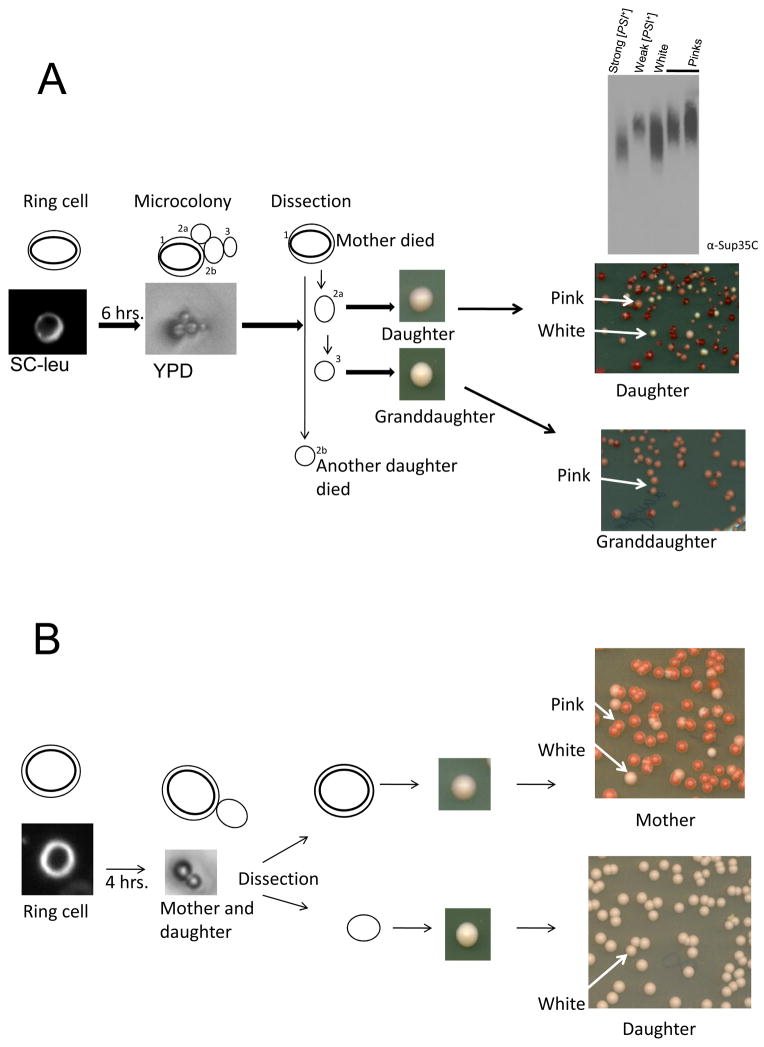Figure 3. Pedigree analysis to determine when [PSI+] variants are established.
Cells with pCup-SUP35NM-GFP induced to form rings in plasmid selection medium plus Cu2+ were micromanipulated on an agar pad, placed on YPD and allowed to divide for a few generations. The resulting cells were dissected (see Materials and Methods) while keeping track of the different generations. The cells were then grown into colonies on YPD which were then spread on YPD to score for the [PSI+] variant in the progeny of each cell in the microcolony. A. Pedigree in which a weak [PSI+] variant was established in a granddaughter. The ring containing mother cell (1) and one daughter cell (2b) did not grow. The other daughter (2a) gave rise to more than one variant. The granddaughter (3) gave rise to only weak [PSI+] progeny. The Sup35 SDS resistant oligomer sizes present in the pink and white colonies from daughter (2a) were compared with standard strong [PSI+] (L1762) and standard weak [PSI+] (L1758). Lysates treated with 2% SDS were subjected to western blotting and probing with Sup35C antibody. B. A pedigree in which strong [PSI+] is established in a daughter. Both weak and strong [PSI+] were detected in the progeny of the initial aggregate containing mother cell. The daughter only gave rise to strong [PSI+] progeny.

